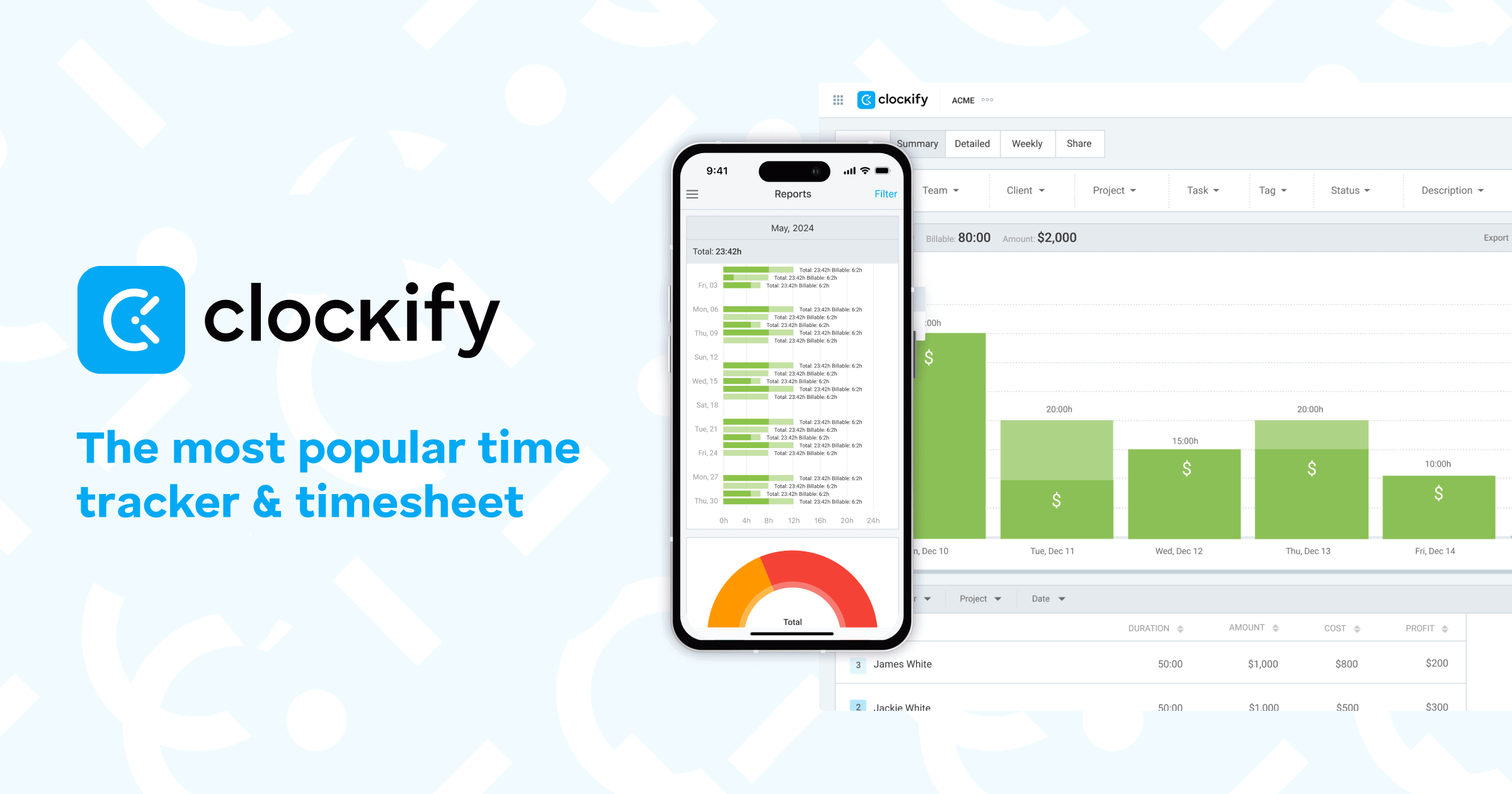The Hour-Tracking Journey
From Palm Pilots to Google Sheets to Clockify, I take a trip down hour-tracking memory lane.

If you bill by the hour, you need some way to track those hours.
Over the years, our method of tracking hours has changed significantly. Here's a brief history.
Palm Pilots?!?!
When I first started working at Grandjean & Braverman in 2007, we tracked our hours on a Palm Pilot (remember those?). At the end of each quarter, we downloaded the hours to a computer then imported them into a custom Access billing application. From there, we used Access to generate detailed invoices. Four total steps.
The Palm Pilots were simple to use and the hour-tracking application was well designed. Eventually, though, the backup batteries became unreliable. Changing the primary batteries became a high-stakes game of can-you-swap-out-four-AAAs-before-the-Palm-Pilot-factory-resets.
I lost that game twice before I decided to stop playing.
Google Sheets
For the next part of my journey, I used Google Sheets as a one-for-one replacement of the Palm Pilot.
I tracked the same info in Google Sheets as I tracked in the Palm Pilot. At the end of each quarter, I exported the data from Google Sheets into a CSV. I then wrote a couple of VBA routines in Excel to transform the Sheets CSV so that it looked exactly like the original Palm Pilot export.
I never had to worry about losing my billing data again. And in just seven steps and two days of non-billable work, I was able to create detailed invoices just like before.
Multiple Employees
With two full-time employees and one part-time, I suddenly found myself with three different Google Sheets documents. No problem. I had the process documented step-by-step. Now I just had to repeat the process three times. Twenty-one quick steps.
Then I decided to make some changes to the structure of the Google Sheets files.
I wanted to track profitability on some of my fixed-price annual maintenance agreements. I made the changes to one file. Then I had to duplicate them to each of the other employee files. No problem. If I could do it for one, I could it again. Now I just had to repeat the process three times.
Last year I decided to hire a fourth developer.
Now I just had to repeat the proce–
You know, what? No. That's ridiculous. The Google Sheets solution was clearly not going to scale. I needed something else. Enter Clockify.
Clockify
At the beginning of 2021, I decided I had to address my scaling problem.
I went in search of a one-for-one replacement of my Google Sheets file. I was happy with the rest of my process (all 21-odd steps), so all I wanted was a way to track my team's hours and export them to CSV.
After all, from there, it was just a hop, skip, and 35 or so jumps to a detailed invoice.
I went in search of my Google Sheets replacement and stumbled upon the perfect solution: Clockify.

The free version provided everything I was looking for:
- Multiple employees
- Multiple projects
- Hourly detail exports
- FREE!!!
Sounds great, so what's the catch?
No catch. It's your typical "freemium" model. They get you hooked on the free features (which are great), in the hopes that you will eventually move up to the paid features (which I did). But that's a story for another day.
External references


